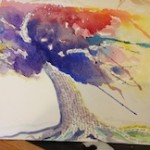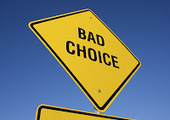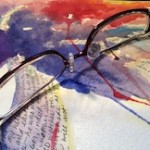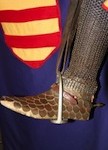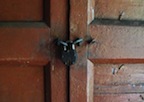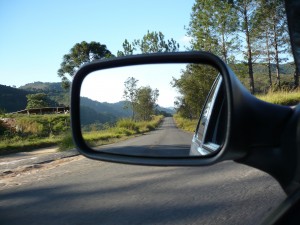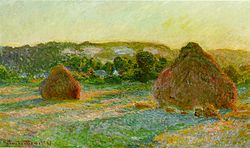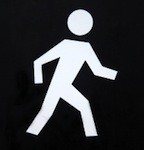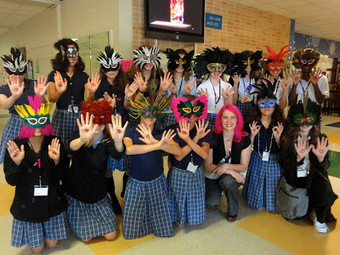Today was the celebration of Peninsula Writers‘ Art-A-Day Challenge. The idea was to accept the challenge to be creative each day during the month. Through the use of Google Groups, participants posted their successes and challenges throughout the month. And today we all physically got together at Schuler Bookstore and presented
our efforts.
I almost didn’t go. After all, it was snowy and I didn’t really have a whole lot to show for the month. I’ve been revising every day, but that makes for poor showing. Imagine me saying, “Look, on January 21 I cut out an entire scene!” Yeah, not so exciting. Still, I’d done a little painting and more importantly, I wanted to support my fellow artists. So I harried my children into coming with me and we gathered up any of the “art” we’d done during the month and headed off to Schuler.
I’m glad I went. Not only was it inspiring to see what everyone had created, but it was affirming to me as an artist–and maybe even affirming as to the importance of art in our lives. People painted, glued, tangled, composed, sewed, scrapbooked, cooked gourmet meals, wrote, decorated a cast, created a collage, and thought–a lot–about art.
One of the things that struck me is how often these creative people mentioned the difficulty in finding time for art, and/or the doubts they experienced about their ability, about their creativity. I thought maybe it was just me. When it was my turn to share, I shared what I had learned about creativity from John Cleese. The fact that creative people take time and foster a sense of play was important reminder to me, being the sort of person who doesn’t believe in “wasting time.” I like to feel I have accomplished a lot in the day–and that means having something to show for it.
I also talked about learning that creativity is work. (see post) Not that I didn’t KNOW this,
but that someone recognized it and essentially said it was okay–normal even. Just because I don’t have story ideas flowing out of me at every turn doesn’t mean I’m not creative. What a relief! And the fact that sometimes writing feels like chipping away at stone doesn’t mean I shouldn’t write.
A little later one of the participants, Matt Bliton, mentioned listening to NPR’s On Being where Krista Tippett interviewed Brené Brown about her research on shame and how it affects creativity. Matt shared how often making ART is not seen as valuable. After all, some of us have JOBS. And he mentioned how Brené Brown said that this shame of not “producing” is especially hard on women. I can relate to this. It is hard for me to justify sitting and writing or painting when there are piles of dirty laundry and dinner to be made and kids to get in bed. The tyranny of the now is ever present, but we must remember to feed more than just our bodies.
So now I am home and January will soon come to an end, but the fire has been lit, and I will do my best to keep feeding it.


